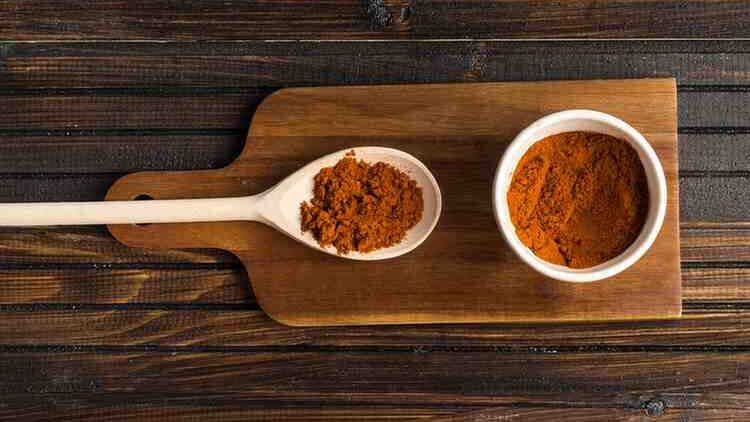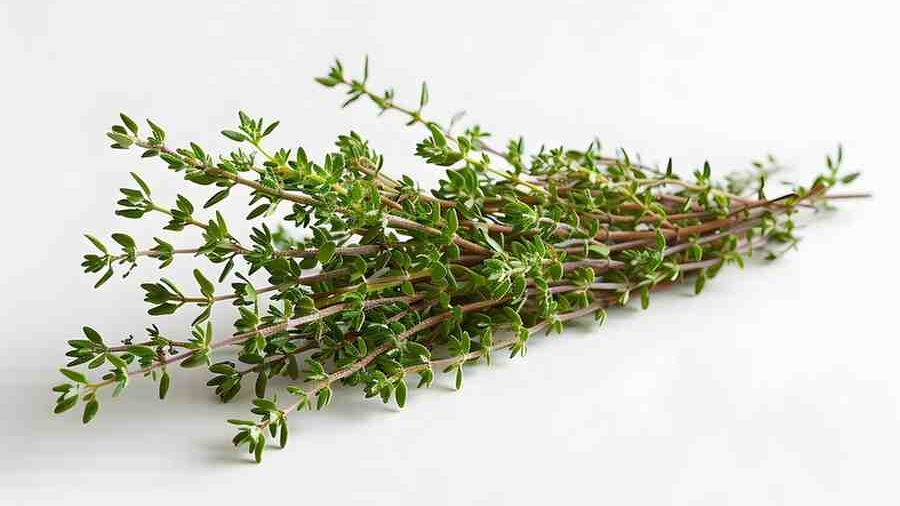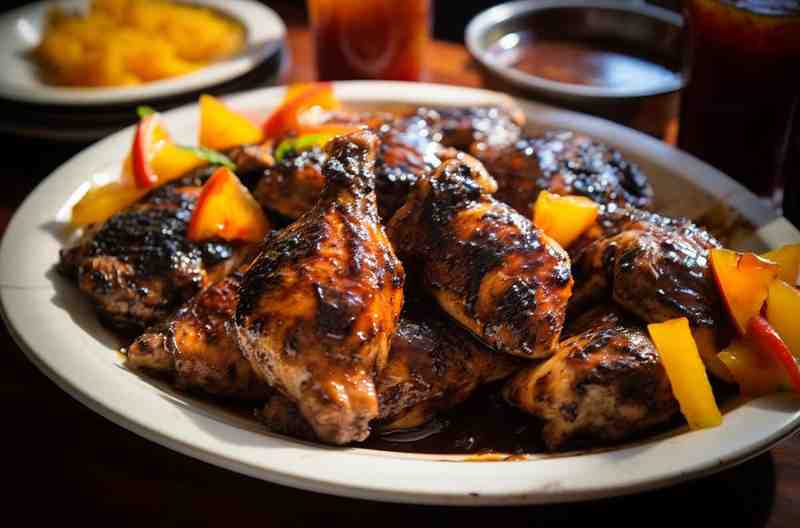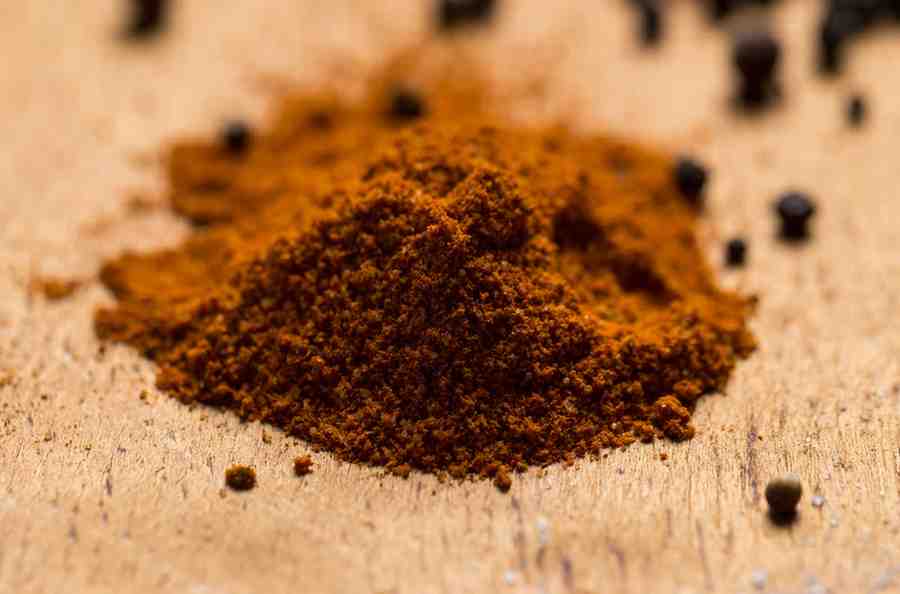Jerk seasoning is one of the most beloved spice blends from the Caribbean, especially associated with Jamaican cuisine. Known for its smoky, spicy, and slightly sweet flavor profile, jerk seasoning has a unique balance of warmth and heat. In Jamaica, the term “jerk” refers not only to the seasoning but also to a traditional method of cooking, where meats are marinated and slow-cooked over an open flame.
- Versatile and Bold: Jerk seasoning is famous for adding intense flavors to meats like chicken and pork. Yet, it’s also incredibly versatile, enhancing vegetables, seafood, and even snacks.
- A Unique Blend of Cultures: The seasoning reflects Jamaica’s diverse heritage, combining influences from Indigenous Taino, African, and Spanish culinary traditions.
The Origins and Cultural Heritage of Jerk Seasoning
The origins of jerk seasoning and the “jerking” method date back centuries. Jamaica’s Indigenous Taino people first developed a method for preserving meat using spices, smoke, and fire. Later, enslaved Africans who escaped to the island’s interior adapted this cooking style and added spices from African traditions.
Historical Roots of Jerk in Jamaica and the Caribbean
Here’s how jerk seasoning developed as an iconic part of Caribbean culture:
- Taino Influence: The Taino people of Jamaica introduced the early concept of preserving meat with smoke and local spices. This practice formed the foundation of modern jerk cooking.
- African Influence: Enslaved Africans who fled to the Blue Mountains in Jamaica to escape slavery contributed significantly to jerk seasoning’s evolution. They introduced additional spices and cooking techniques, enriching the blend.
- Spanish and Colonial Influence: The term “jerk” itself may be derived from “charqui,” a Spanish word meaning dried meat, similar to jerky. This blend of Indigenous, African, and colonial influences created the unique flavor of jerk seasoning.
Through these cultural exchanges, jerk seasoning became a symbol of resilience and creativity, representing a blend of techniques and flavors passed down through generations.
The Cultural Significance of Jerk Seasoning in Jamaica
Today, jerk seasoning is more than a culinary staple; it’s a cultural icon. In Jamaica, jerk dishes are often enjoyed during gatherings and celebrations, symbolizing community and togetherness. The method of “jerking” meats over pimento wood adds a smoky aroma that’s become synonymous with the taste of Jamaica itself.
- Symbol of Jamaican Identity: Jerk seasoning is celebrated as a national treasure, showcasing the island’s rich culinary heritage and the resourcefulness of its people.
- Global Popularity: Jerk seasoning has traveled far beyond the Caribbean, appearing on menus worldwide. This global presence has turned jerk seasoning into a recognized symbol of Caribbean flavor and spice.

Key Ingredients in Jerk Seasoning and Their Flavor Profiles
Jerk seasoning is a complex blend of spices, each contributing to its signature taste. While the ingredients can vary slightly, the core spices remain consistent, creating a mix that is both spicy and aromatic.
Essential Ingredients in Traditional Jerk Seasoning
Here’s a breakdown of the key spices and what each brings to jerk seasoning:
- Allspice (also known as pimento):
- Known for its warm, slightly sweet aroma, allspice is the backbone of jerk seasoning.
- Adds a peppery flavor with hints of cinnamon, nutmeg, and clove, creating a complex and earthy taste.
- Scotch Bonnet Peppers:
- These peppers bring intense heat and fruity sweetness, setting jerk seasoning apart from other spice blends.
- They are essential for the fiery kick in jerk seasoning, though the heat can be adjusted by adding more or less.
- Thyme:
- Fresh or dried thyme adds a herbal, slightly minty note, balancing the heat and adding depth.
- Thyme’s aroma enhances the overall flavor profile, making it a key component in authentic jerk seasoning.
- Garlic:
- Adds a pungent, savory flavor that complements the sweetness of other spices.
- Garlic is often used generously, contributing to the bold, intense flavor of jerk seasoning.
- Ginger:
- Fresh ginger adds warmth and a bit of spice, enhancing the other flavors and adding a touch of sweetness.
- Its mild heat balances well with the hotter elements, like scotch bonnet peppers.
- Cinnamon and Cloves:
- Both cinnamon and cloves add a hint of sweetness and spice, rounding out the flavor.
- They contribute to the seasoning’s depth, adding complexity and a slight bitterness that complements the smoky elements.

Optional Ingredients and Variations for Different Flavors
While traditional jerk seasoning uses a core group of spices, variations exist to suit different tastes. Here are some common optional ingredients and how they affect the blend:
- Scallions:
- Often included in wet marinades, scallions add a mild, onion-like flavor and freshness.
- Brown Sugar:
- Adds a touch of sweetness that complements the heat and balances the savory elements.
- Brown sugar caramelizes during grilling, adding a bit of texture and a hint of sweetness to the dish.
- Nutmeg:
- Like cinnamon and cloves, nutmeg adds warmth and a nutty sweetness, enhancing the overall depth of the seasoning.
- Soy Sauce:
- In some wet marinades, soy sauce adds a savory, umami flavor that deepens the seasoning.
- It also helps the seasoning adhere to meats, especially in marinades for grilled dishes.
Each optional ingredient allows for slight variations in flavor, making it easy to adapt jerk seasoning based on personal preferences.
Types of Jerk Seasoning: Dry Rub vs. Wet Marinade
Jerk seasoning can be used in two main forms, each suited to different dishes and cooking methods:
- Dry Rub:
- The dry form is a convenient mixture of ground spices that can be stored and used as needed.
- Best suited for quick cooking methods like grilling or roasting, where it can be applied directly to the meat.
- Wet Marinade:
- A wet marinade combines the dry spices with liquids like vinegar, soy sauce, or citrus juice, forming a paste that sticks well to meats.
- Ideal for marinating meat overnight, allowing the flavors to penetrate and tenderize for a deeper taste.
Both forms of jerk seasoning provide flexibility, allowing cooks to choose the version that best fits their cooking style and time constraints.
Traditional and Modern Culinary Uses of Jerk Seasoning
Jerk seasoning is known for its versatility, enhancing both traditional Caribbean dishes and creative, modern recipes. Whether used as a dry rub or marinade, it brings depth and a spicy kick to a wide range of foods.
Traditional Jamaican Dishes Featuring Jerk Seasoning
Jamaican cuisine celebrates jerk seasoning in a few signature dishes that showcase its bold flavor. These dishes often involve marinating meat for hours to allow the flavors to infuse deeply before cooking.
- Jerk Chicken:
- This iconic Jamaican dish involves marinating chicken in jerk seasoning and grilling it over an open flame or on pimento wood. The result is smoky, spicy meat with a slightly charred crust.
- Jerk Pork:
- Another staple, jerk pork uses bone-in cuts marinated in the seasoning and cooked until tender. The spices create a savory, bold flavor that pairs well with the richness of pork.
- Jerk Fish and Seafood:
- Jerk seasoning also enhances shrimp, fish, and other seafood. It brings Caribbean flavor without overpowering the natural taste of the seafood.

Modern and Creative Ways to Use Jerk Seasoning
Jerk seasoning has found a place in many global and fusion dishes, expanding its appeal. Here are some creative ways to incorporate jerk seasoning:
- Grilled Vegetables: Toss vegetables like zucchini, bell peppers, and sweet potatoes in jerk seasoning before grilling. This adds smoky, spicy notes that elevate simple veggie dishes.
- Tofu and Plant-Based Proteins: Marinate tofu or tempeh in jerk seasoning to create a bold, satisfying option for vegetarians or vegans.
- Spicy Snacks: Sprinkle jerk seasoning on popcorn or roasted nuts for a unique, savory snack.
- Fusion Dishes: Add jerk seasoning to pasta sauces, dips, or even use it to season fries. These applications bring a Caribbean flair to familiar foods, making them more exciting and flavorful.
Health Benefits of Jerk Seasoning
Jerk seasoning doesn’t just add flavor; it also offers several health benefits thanks to its diverse ingredients. Each spice contributes unique nutrients that support well-being.
Key Health Benefits of Jerk Seasoning Ingredients
The ingredients in jerk seasoning provide many health-supporting properties, making it a beneficial addition to meals.
- Allspice:
- Contains antioxidants that help protect cells from damage.
- Its anti-inflammatory properties support joint health and may reduce discomfort from inflammation.
- Scotch Bonnet Peppers:
- Rich in vitamin C, which boosts immunity.
- Contains capsaicin, known to help reduce pain and support metabolism.
- Thyme:
- Adds a dose of vitamins A and C, essential for immune and skin health.
- Has natural antimicrobial properties that promote gut health.
- Garlic:
- Known for its heart-healthy effects, garlic supports cardiovascular health.
- Provides immune-boosting properties, making it especially useful during cold seasons.
- Ginger:
- Contains compounds that reduce inflammation and support digestion.
- Known for soothing nausea, making it beneficial in marinades for foods like fish.
These ingredients make jerk seasoning a flavorful and nutritious addition to meals, adding both spice and wellness benefits.
How to Incorporate Jerk Seasoning into a Healthy Diet
To get the most out of jerk seasoning’s benefits, pair it with whole foods like vegetables, lean proteins, and grains. Using it in balanced recipes lets you enjoy its full flavor and health advantages without excess sodium or processed ingredients.
FAQs About Jerk Seasoning
Jerk seasoning often raises questions, especially for those exploring Caribbean flavors for the first time. Here are some commonly asked questions:
What ingredients are typically in jerk seasoning?
- Jerk seasoning usually includes allspice, scotch bonnet peppers, thyme, garlic, ginger, cinnamon, and cloves. Some recipes may also add scallions, brown sugar, and soy sauce.
Is jerk seasoning very spicy?
- Jerk seasoning is moderately to very spicy due to scotch bonnet peppers. You can adjust the heat by using fewer peppers or substituting with milder chilis.
How do you use jerk seasoning in cooking?
- Use it as a dry rub or a marinade for meats, vegetables, and seafood. For traditional flavor, marinate the food in jerk seasoning for a few hours before grilling or roasting.
Can you make jerk seasoning at home?
- Absolutely! Combine the essential spices in a blender or grinder. Homemade jerk seasoning allows you to control the flavor and spice level.
What’s the difference between Jamaican jerk and Caribbean jerk seasoning?
- While both share similar ingredients, Jamaican jerk seasoning often features scotch bonnet peppers and allspice as primary flavors, while other Caribbean versions may vary slightly depending on regional ingredients and preferences.

